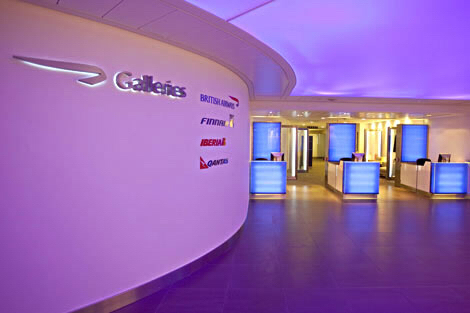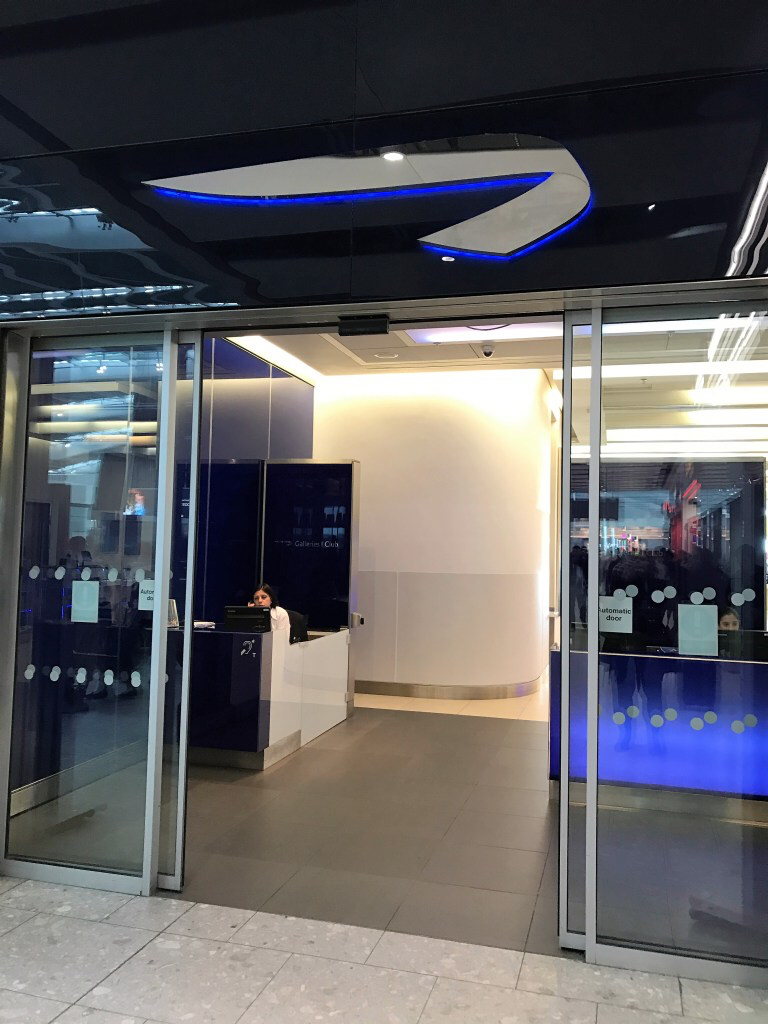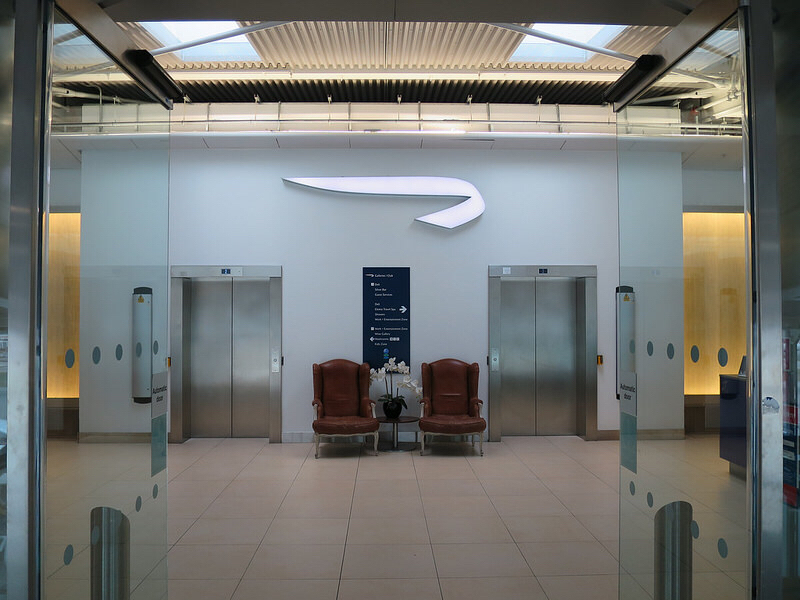Information
-
Audit Title
-
Client / Site
-
Prepared by
-
Conducted on
-
Location
PPE INSPECTION
-
PPE AUDIT
-
P - Pass
F - Faulty
NA - Not Applicable
PPE
-
Bump Caps
-
Disposable Dust Masks
-
Disposable Overalls
-
Overalls
-
Ear Muffs
-
Elbow Pads
-
Knee Pads
-
Gloves (Disposable)
-
Gloves (Leather)
-
Gas Detector & Attachments
-
Helmet
-
Insert Use by Date If Applicable
-
Manhole Guards
-
Safety Bags
-
Safety Belt / Harness / Safety Line
-
Insert Use by Date If Applicable
-
Safety Shoes with Heels
-
Safety Spectacles / Goggles
-
Safety Vest
-
Sharps Kit
-
Sun Cream
-
Jointers Umbrella
Vehicle Equipment
-
Esky Coolers (Storing Aerosol / Gas Can)
-
Insulated Rods
-
Pedestrian / Traffic Barried Signs
Electrical Equipment
-
Gloves (Electrical)
-
Residual Current Detector (10amp, Tested / Tagged)
-
Torch
-
Other
HANDTOOL INSPECTION
-
Handtool Audit
-
P - Pass
F - Faulty
NA - Not Applicable
Power Tools/Electrical Equipment
-
Checked 240 testing done & tagged<br>
Cordless Power Tools
-
Tool is safe to use as per operation instructions<br><br>
Diagonal Cutters, Pliers, Crimpers
-
Check for play in the handles<br><br>
-
Check cutting blades/edges are sharp<br><br>
-
No gaps in blades<br><br>
-
Insulated handles intact<br><br>
-
Jaws worn or smooth<br><br>
-
Cutting action O.K.<br><br>
-
Visible signs of corrosion<br><br>
-
Handles clean and free from oil, grease, dirt, etc<br><br>
Screwdrivers
-
Blade worn or rounded on the edges<br><br>
-
Handle clean with no splits or defects<br><br>
-
Blade bent or twisted<br>
Chisels
-
Head not 'mushroomed'<br>
-
Cutting edge is sharp<br>
Hand Saws
-
Saw frame intact with no distortion<br><br>
-
Handle clean with no splits or defects<br>
-
Blade sharp with no missing teeth<br>
Spanners, Sockets
-
No burring or damage to head<br>
-
Jaws sprung or rounded<br>
-
No corrosion in adjustable parts<br>
-
Socket drive worn or loose<br>
-
Internal serrations in sockets worn<br>
Knives
-
Approved knives only<br>
-
Blade and handle in good order<br><br>
Hammers
-
Handle clean with no splits or defects<br><br>
-
Head 'mushroomed'<br>
-
Head chipped or cracked<br>
Insulated Tools
-
All exposed metal insulated<br>
Soldering Irons
-
Tips in good order<br>
-
Handle intact & in good order<br><br>
-
240 volt iron tested & tagged<br>
-
(Gas) On/Off switch O.K.<br>
Excavating tools (shovels, picks, crowbars, etc)
-
Handles are free from cracks, splinters or other defects.<br>
-
Heads are firmly attached<br>
Duct Rods
-
Cracks, splits, splintering or gouges present. <br>
-
Are rods bent or warped<br>
-
Are threads damaged or damaged coupling.<br>
-
Others:
LADDER INSPECTION
-
Ladder Audit
-
P - Pass
F - Faulty
NA - Not Applicable
Ladder
Ladder Info
-
Select Type
- Timber
- Fibreglass
- Metal
- Single
- Extention
- Step
- MDF
-
Is The Ladder?
-
For company ladder, Insert Asset/Tool No.
-
Inspection Label Applied?
Checklist
-
Stiles
-
Ropes
-
Braces / Spreaders
-
Hinges
-
Guides / Stops
-
Rungs / Steps
-
Pulleys
-
Safety Feet
-
Bolts / Rivets
-
Chain / Bow
VEHICLE MOUNTED WINCH INSPECTION
-
Vehicle Mounted Winch Audit
-
Notes:
(1) All items on checklist are visual checks only.
(2) Ensure that the yellow winch warning decal is attached to bullbar and is legible. Replacement decals are available from each state Telstra Fleet office.
(3) Checks must only be carried out by persons who have received Telstra approved training in winch operation and have read and fully understood the winch's Operations Manual. -
P - Pass
F - Faulty
AT - Attention
Vehicle Details
-
Vehicle Domestic No.
-
Vehicle Registration No.
Wiring Connections
-
Check that all winch wiring and connections at winch, battery, winch control box and remote control are secure and free from corrosion.
Batteries
-
Check batteries are securely mounted and that the mounting and securing brackets are free from cracks and corrosion.
-
Check batteries electrolyte level is within specification.
Winch Control Box
-
Check condition of body.
-
Check socket for remote control plug is clean and free of corrosion.
Remote control
-
Start vehicle and test the operation of the winch-in and winch-out switch.
-
Check condition of hand piece and lead.
-
Check condition of plug's connecting pins.
-
<br>Check remote control plug connection at winch control box.
-
Leave winch cable out approximately 1 metre. Switch vehicle off. Unplug remote control.
Bull Bar / Recover Hooks
-
Ensure the bar is mounted securely and free from damage and cracks.
-
Check Fairlead is securely mounted and clean.
-
Check Fairlead guide rollers spin freely.
-
Check vehicle front and rear recovery hooks are in good condition and securely fixed to the chassis.<br>Note: Refer to Fleet Engineering document E2345 for Recovery Point Locations.
Winch Assembly
-
Check winch assembly is securely mounted to bullbar.
-
Check winch is not physically damaged, and is clean and free of corrosion.
-
Using clutch lever, engage the clutch.<br>Check winch drum does not free-spool.
-
Using clutch lever, disengage the clutch.<br>Check winch drum does free-spool.
-
Pull winch cable all the way out.
Winch Rope Hook
-
Inspect hook - distort, cracked, secure, swivels.
-
Inspect safety hook (if fitted) - Bent, cracked, secured.
Winch Cable
-
Inspect cable clamp secured at hook.
-
Inspect cable - broken strands, core exposed, crushed or bulging cable.
-
Ensure winch cable and drum are clean.
-
Check winch cable at drum end is correctly secured.
Winch Operation
-
Start vehicle - secure winch cable to a capable anchorage point - re-spool cable under light load.
Note:
(1) Ensure all people not involved in re-spooling operation are clear of area.
(2) Ensure a recovery damper is used on wire rope during re-spooling operation. -
Check winch system operates freely.
-
Check no unusual noises are present.
-
Check winch for signs for over heating.
-
Check cable is re-spooled tight and cable is correctly layered.
Winch Recovery Accessories
-
Note: all winch recovery accessories are to be supplied, managed and maintained by the business unite not Telstra Fleet.
Inspect the following equipment for cleanliness, serviceability and correct rating. -
Gloves
-
Bow Shackles 4.7t
-
Snatch Block 8t - damaged, wheel spins freely and greased.
-
Tree Trunk Protector
-
Winch Extension Strap
-
Snatch Strap
-
Recovery Damper
-
All equipment is rated, tagged, stamped, labelled, marked.
TRAILER SAFETY CHECK
-
Trailer Audit, Including self-powered hydraulic units
-
Y - Yes
N - No
NA - Not Applicable -
Trailer Fleet No. / Registration No.:
General
-
Is servicing and maintenance up to date?
-
Does the trailer tow in a predictable manner with no abnormal noises or vibrations?
-
Are all 'Caution' and 'Warning' labels in place, legible & do you understand them?
-
Has annual gas inspection been carried out on caravan's LPG appliances & other fittings?
-
Has annual inspection been carried out on caravan's 240 Volt lights/RCDs/appliances etc.?
-
Is registration label current and number plates legible and undamaged ?
Driver
-
Is your daily routine free from anything that prevents your from driving safely?
-
Are you competent to tow and / or operate trailer?<br>(Competency can be based on experience and / or training)
-
Do the following accompany the trailer or are they readily accessible?<br>- Operator's Manuals<br>- Plant Safety Summary Card (PSSC) & Plant safety Data Sheet (PSDS)<br>Note: PSSC & PSDS available at - http://www.in.telstra.com.au/ism/fleet/productsafetydata.asp
-
Have you read and fully understood all the above including your responsibility in relation to maintenance?
-
Do you understand all 'Caution' and 'Warning' labels on trailer?
-
Do you check the trailer connections and the trailer loads are secure before towing?
-
Are Telstra decals, including the “1800 800 437” sticker affixed and visible?
Trailer - Exterior
-
Are the tyres inflated to the pressure recommended on either compliance plate or stencilled on trailer mudguard?
-
Are tyres, including the spare, in good condition ie even tread depth of at least 3mm in depth and free of cuts, flat spots or foreign bodies?
-
Are all lights, including indicator lights, working and lenses clean?
-
Is the tow coupling secure & in good condition i.e. no cracks, damage or excessive movement?
-
Is the draw bar securely attached to trailer frame and is it in good condition i.e. no cracking or damage?
-
Are the towing safety chains in good condition and securely attached?
-
Are wheel rims, studs and nuts secure and in good condition?
-
If fitted, are all steps and handholds in good condition and clean?
-
Are anchor points & all load securing devices in good condition & suitable for load carried?
-
Are all axle assembly & suspension components in good condition and securely mounted?<br>Typical components include axles, springs, shackles, links & U bolts. <br>
-
Is the jockey wheel operating correctly, in good condition and securely attached?
Safety Equipment and Fittings
-
Are all air hoses, couplings and brake linkages in good condition?
-
Are brakes, including park brake, working correctly?
-
Have only 'Telstra Fleet approved' modifications been made to the Trailer?
-
Are all safety guards fitted and in good condition?
Storage - Housekeeping
-
Is the trailer free from sharp edges and unnecessary protrusions?
-
Is the trailer clean and in good condition?
-
Is the trailer free from slipping and tripping hazards?
TRACTOR/TRENCHER/CRANE/FORKLIFT INSPECTIONS
-
Audits - Tractor/Trencher/Crane/Forklift Reference to ' Plant ' in Self Check includes any attachments (trencher, cable layer, rock breaker etc).
-
Purpose
Your safety and the safety of others is of paramount importance to Telstra. Because regular servicing of plant does not cover all safety aspects, additional plant safety checks must be carried out by all employees operating Telstra plant.
This self-check is aimed at ensuring you maintain the safety of your plant and must be carried out every six months. -
Y - Yes
N - No
NA - Not Applicable -
Tractor/Trencher/Crane/Forklift Domestic No. / Registration No.:
Operator
-
Is your daily routine free from anything that prevents you from operating plant safely?
-
Are you trained and hold the correct licences for this plant?
-
Do all Operator's Manuals accompany the plant or are they readily accessible?
-
Have you read and fully understood all Operator's Manuals including your responsibilities in relation to operating, lubricating and maintaining this plant?
-
Have you ensured that the plant has been properly maintained in accordance with the Operator's Manuals?
-
Are all 'Caution' and 'Warning' labels in place, legible & do you understand them?
-
Is the plant operating correctly and in a predictable manner?
-
Do you wear appropriate Personal Protective Equipment (PPE) when operating plant?
Safety Equipment and Fittings
-
Is the seat belt in good condition, operating correctly and do you wear it?
-
Have only Telstra Fleet approved modifications been made to the plant?
-
Does the plant have appropriate fire fighting equipment as required by the region?
-
Is audible reversing alarm working correctly?
-
Are all warning lights working correctly?
-
Is the seat in good condition and operating correctly?
Plant – Exterior
-
Are all lifting slings, shackles, hooks in good condition and inspected before use?
-
Are all lifting and/or tie down points clearly marked, securely attached to machine, and in good condition?
-
Are all safety guards fitted and in good condition?
-
Are all steps and handholds in good condition and clean?
-
Are cabin windows clean to provide maximum visibility?
-
Are all lights, including indicator lights, working and lenses clean?
-
Are all tyres inflated correctly as per tyre placard?
-
Are all tyres in a good condition i.e. even tread at least 3mm depth, free of cuts, flat spots or foreign bodies?
-
Are all fittings securely attached?
-
Where applicable, is engine oil, coolant, brake fluid, hydraulic fluid, battery electrolyte, power steering and windscreen washer fluid levels checked according to the “operator’s handbook”?
-
Is the plant free from any of the following:
-
• slipping/tripping hazards?
-
• oil leaks that present a hazard?
-
• excessively worn components that may become a hazard?
-
• any defects/faults that make the plant hazardous?
Storage - Housekeeping
-
Is the plant cleaned regularly inside and out?
-
Is the cab free from unnecessary items? ( Unrestrained items can cause injury )













